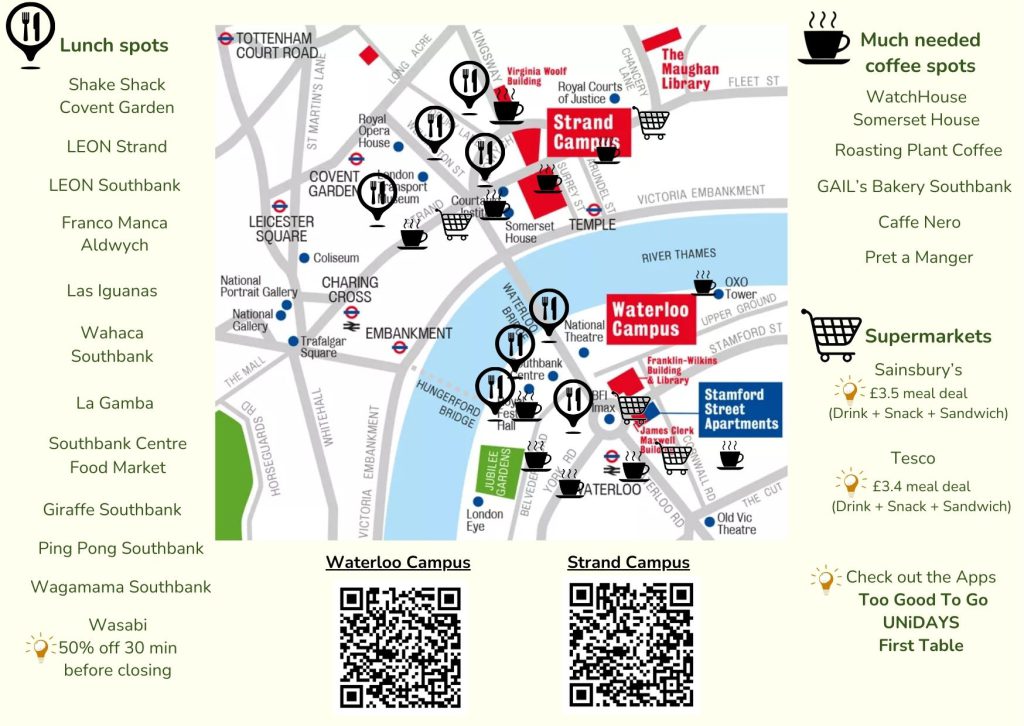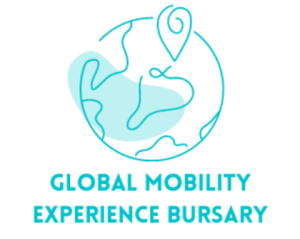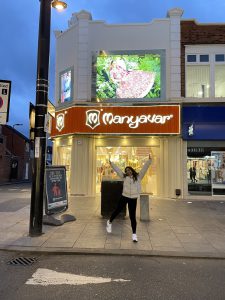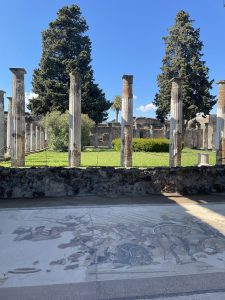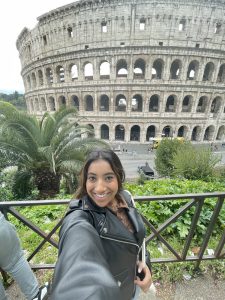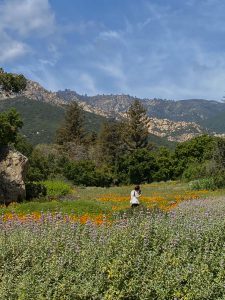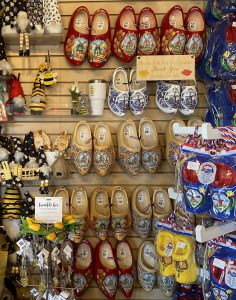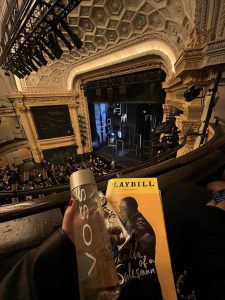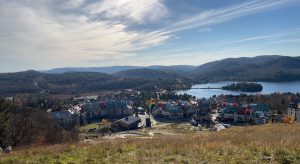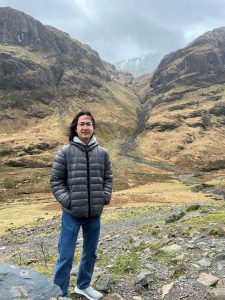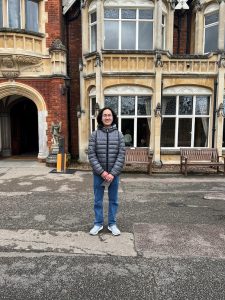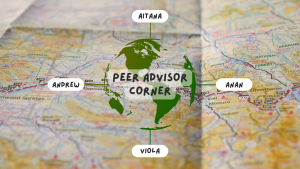
For some of our incoming Study Abroad students, not having a meal plan included can feel a bit strange however it’s quite normal here at King’s! The majority of our housing is self-catered, which means it’s now a good time to learn how to cook. Or if you don’t want to cook, our Peer Advisors Andrew and Aitana have put together some handy guides at where to find some tasty food and snacks on and around campus.
Strand/Bush House
1. The Shack
- Ground Floor, Bush House – you can see it from the outside on Bush House!
- It’s a great place to grab a coffee, brownie, or a warm snack like a sandwich
- They also have loyalty cards! If you get a loyalty card, every 9th coffee is free
2. The Vault
- 1st Floor, Bush House – right opposite the King’s Kitchen!
- If you don’t have much time and want to get something to eat on-the-go, the Vault serves warm boxed meals you can take with you which are – let’s be honest – a bit more exciting than a sandwich from the Shack
3. King’s Kitchen
- 1st Floor, Bush House – right opposite the Vault!
- This is the best place to get a warm, cooked meal without leaving campus. You can choose between European or Asian food, Pizza, or the Salad Bar
- The prices are also very reasonable compared to spots not on campus, and the service is fast, so if you have a short break between classes, make sure to visit!
4. Food Trucks
- Since Strand has become pedestrian-only, foods trucks have become regular visitors to the Strand and Bush House campuses!
- Pass between the two between 11:30-15:00 and if there’s a truck around, consider getting a meal from there and sitting down in the new seating area or one of the many benches
5. The Arcade
- 1st Floor, Bush House (Southwest entrance)
- Similar to the Shack, but a bit less peaceful and more fast-paced. If you want to get a quick snack and head off, or sit down to chat with some friends when it’s quieter.
6. The Roots Café
- Pair a great view with vegan food here on the 8th Floor of Bush House, or get a coffee and something sweet
- The quiet atmosphere and easy access to an outdoor terrace makes this a great spot to study in peace or see London from above
7. Chapters
- 2nd Floor of the Strand Building hosts Chapters, a café with a view of the river!
- On Friday, the café serves Fish and Chips, and on other days provides a great range of both vegan and non-vegan warm food for less than £6 per meal
The Maughan
8. Rolls Café in the Maughan Library
- 1st Floor, the Maughan Library
- It also serves hot food, coffee, and has a microwave! Since you’re not allowed to eat anywhere else in the Maughan, you might as well head down and see what’s on offer!
Guy’s Campus
The two most famous spots on Guy’s Campus are Guy’s Bar and The Shed
9. Guy’s Bar/The Hut
- Between 12-3pm, the Hut provides warm food, grab and go options, and a place to sit quietly
- After 5pm, Guy’s Bar opens – which serves a variety of alcoholic (and some non-alcoholic) drinks!
- It’s definitely not a place to sit in and quietly study, but if you want to meet new people or have some fun with friends, Guy’s Bar hosts musicians, quizzes, and weekly club nights
- Check out the calendar to see what’s on!
10. The Shed
- The Shed prides itself on serving high-quality coffee and a variety of snacks
- They also have a breakfast deal each day, so if you need to grab something before heading off to class, give the Shed a visit!
11. Henri’s Deli
- This spot can be found in the Henriette Raphael building, and operates in a way similar to King’s Kitchen, serving breakfast and lunch!
- Opens from 8am to 4pm on weekdays
Waterloo
12. Bytes Restaurant/Cafe
- Located in the Franklin-Wilkins building, Bytes restaurant offers breakfast and lunch deals every weekday
- It is also located right next to Bytes Café – Waterloo’s version of the Shack/Arcade
